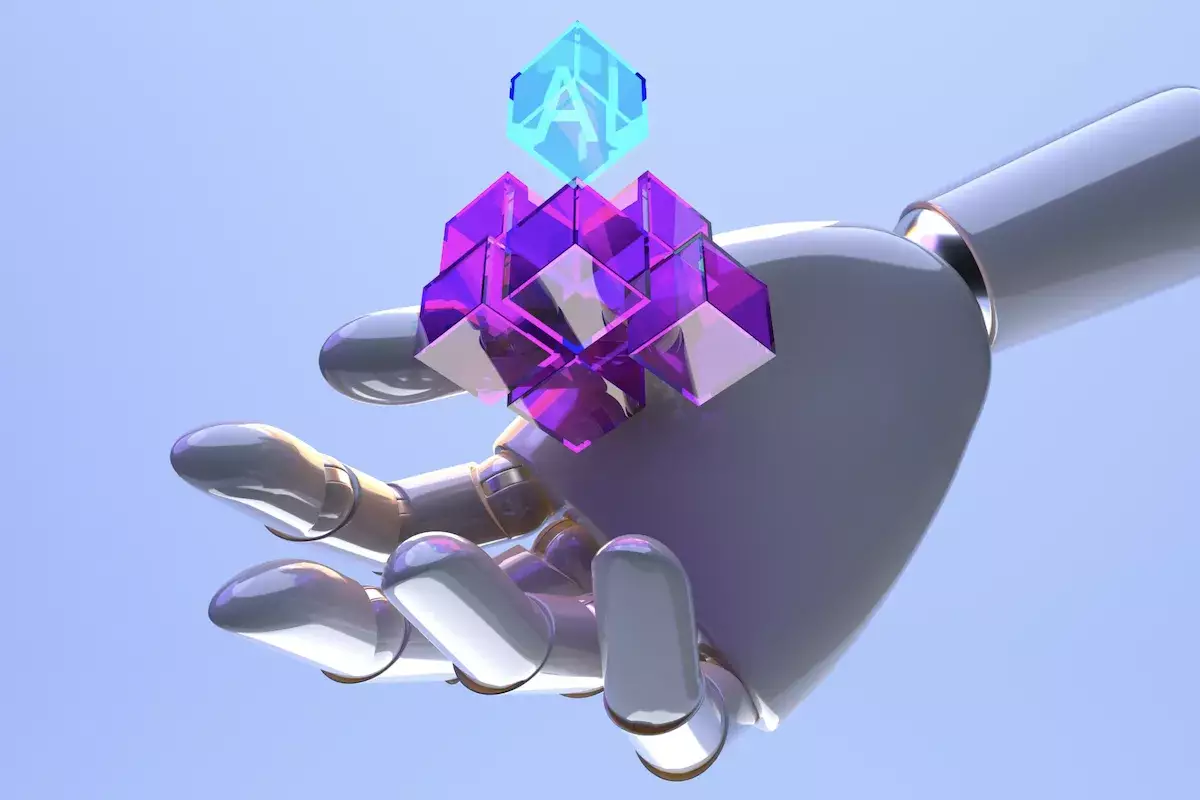The digital landscape is evolving at a breakneck pace, and at the forefront of this transformation are decentralized applications (dApps) powered by artificial intelligence (AI). Unlike traditional software that relies on central servers, these innovative applications operate autonomously through self-executing code. The integration of AI technologies within blockchain infrastructures not only promises enhanced efficiency but also a level of security and user experience that traditional models struggle to match. While still in their infancy, the potential of these AI-driven dApps is becoming increasingly clear, heralding a new chapter in the ongoing narrative of Web3 innovation.
At the essence of a dApp is its decentralized nature, which operates on either a blockchain or a similar distributed ledger. This critical design element reduces the risk of censorship and enhances security by ensuring that no single point of failure can bring down the entire application. Smart contracts—self-sustaining agreements coded into the software itself—play a crucial role in dApps by executing actions automatically when predetermined conditions are met. This sophisticated interplay of decentralized infrastructure and smart contracts provides the backbone needed for AI functionalities to thrive.
Despite blockchain’s reputation for security and transparency, it is often limited in providing real-time data processing and adaptability—areas where AI excels significantly. By leveraging machine learning algorithms and data analytics, AI-powered dApps can effortlessly sift through extensive datasets, enabling functionalities such as predictive modeling and anomaly detection. The importance of speed cannot be overstated, particularly in dynamic fields like decentralized finance (DeFi), where milliseconds can lead to substantial financial gains or losses.
Emerging trends showcased by platforms like DappRadar indicate a burgeoning interest in AI-driven dApps. The combination of AI’s capabilities with the decentralized ethos of blockchain opens a realm of possibilities. Users can expect a more engaging interaction with applications, powered by innovations like Natural Language Processing (NLP) and image recognition—technologies that facilitate seamless user experiences. This allows individuals to conduct transactions through voice commands or receive automated content moderation, vastly simplifying complex processes.
One of the most compelling features of AI dApps is their ability to provide users with more control over their data. Traditional platforms often leave users feeling like mere data points in vast corporate databases. However, in the realm of decentralized applications, users have the option to engage with their data actively. By employing technologies like zero-knowledge proofs, these applications can ensure data integrity without compromising user privacy. Users can monetize their contributions, earning tokens for sharing valuable data or insights, thus creating a more balanced economic opportunity.
The emergence of AI agents within dApps amplifies this paradigm shift. These digital entities can operate on behalf of users, conducting tasks such as executing trades or generating creative content with minimal human intervention. Governed by the rigorous conditions laid out in smart contracts, AI agents perform roles under strict guidelines, ensuring that users maintain control over their digital interactions while benefiting from an automated experience.
Market Trends and User Adoption
The recent traction gained by AI dApps can be seen in the increasing engagement reported by DappRadar. An impressive 8.5% of all active wallets interacted with AI dApps, highlighting a burgeoning interest among users. Notably, platforms like LOL and Dmail Network have experienced remarkable engagement levels, with millions of active wallets. LOL employs an AI bot to detect genuine laughter, rewarding participants in real-time, while Dmail Network focuses on privacy-driven email services utilizing AI for content management and encryption.
As we delve deeper into this burgeoning field, the potential applications of AI dApps are far-reaching, touching on sectors including finance, supply chain logistics, gaming, and healthcare. Upcoming innovations not only aim to enhance user experience but also to root these developments in ethical considerations, ensuring the responsible use of data.
Looking forward, we can expect continuous advancements in AI dApps, fueled by ongoing research in cryptography and machine learning. This evolution signifies an exciting shift toward collaborative ecosystems where decentralized networks empower users rather than marginalize them. By embracing the principles of decentralized governance and user-focused data control, the future landscape promises an enriched, more inclusive digital ecosystem.
Ultimately, the convergence of AI and blockchain technology marks a historical turning point in the digital age, and as these dApps gain traction, we may see the emergence of entirely new economic models, user interactions, and digital experiences. As the industry progresses, the innovations born from the marriage of AI and decentralization are poised to shape Web3 and redefine how we interact, transact, and create in the digital realm.















